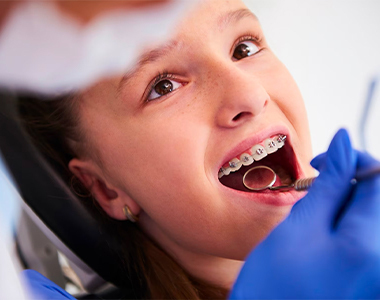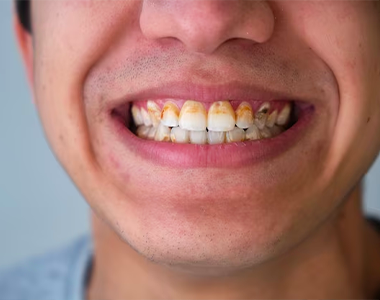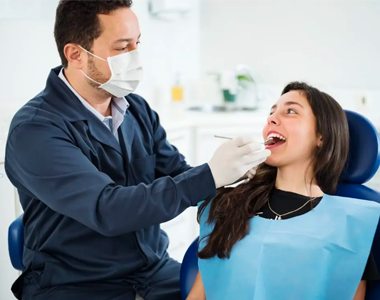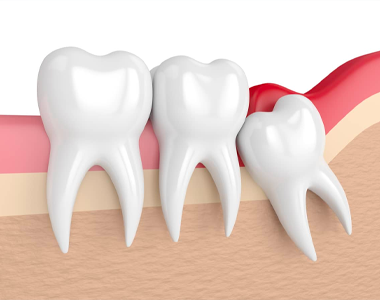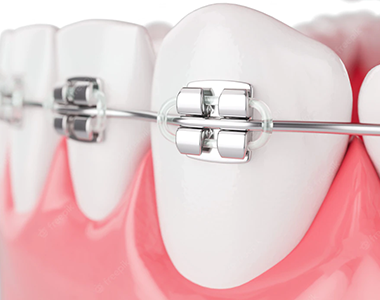
For many people, dental visits can be a source of anxiety and fear that prevents them from maintaining good oral health. However, by utilizing the right strategies and techniques, it’s possible to overcome these fears and manage dental anxiety. In this blog post, we will discuss the best ways to manage dental anxiety and fear during dental visits.
- Communicate with Your Dentist:
One of the most effective ways to manage dental anxiety and fear is by communicating with your dentist. By expressing your fears and concerns, your dentist can help you feel more comfortable and informed about your dental procedure. This can also help to alleviate some of the anxiety that comes with the unknown. Additionally, your dentist can explain the procedures and answer any questions you may have.
- Utilize Relaxation Techniques:
Relaxation techniques such as deep breathing, meditation, and muscle relaxation can help reduce anxiety and promote relaxation. These techniques can be practiced before your dental appointment to help you feel more relaxed during the visit. It’s important to mention these techniques to your dentist to see if they have any additional suggestions that could benefit you.
- Try Distraction Techniques:
Distraction techniques such as listening to music, watching TV, or using virtual reality headsets can help take your mind off dental procedures and reduce anxiety. These techniques can help you relax and distract you from any unpleasant sensations. Check with your dentist to see if they offer any distraction techniques during your appointment.
- Consider Sedation Dentistry:
Sedation dentistry is a safe and effective way to manage dental anxiety and fear. It involves using sedatives to help you feel more relaxed and comfortable during the dental procedure. Sedation dentistry is available in different forms, including oral sedation, nitrous oxide (laughing gas), and intravenous (IV) sedation. However, it’s important to discuss the potential risks and benefits with your dentist before deciding if sedation dentistry is right for you.
- Choose the Right Dentist:
Choosing the right dentist is crucial when it comes to managing dental anxiety and fear. Look for a dentist who is experienced in dealing with anxious patients and who can provide a comfortable and reassuring environment. Read reviews and ask for recommendations from family and friends. Additionally, ensure that your dentist uses modern techniques and technologies to ensure a more comfortable and efficient procedure.
In conclusion, Dental anxiety and fear can be managed effectively with the right techniques and support. By communicating with your dentist, practicing relaxation and distraction techniques, considering sedation dentistry, and choosing the right dentist, you can feel more comfortable and relaxed during dental visits. Remember, regular dental checkups are essential for maintaining good oral health, so don’t let anxiety and fear prevent you from getting the dental care you need we can help more people find this valuable information and overcome their dental anxiety and fear.


 Review Us
Review Us Review Us
Review Us